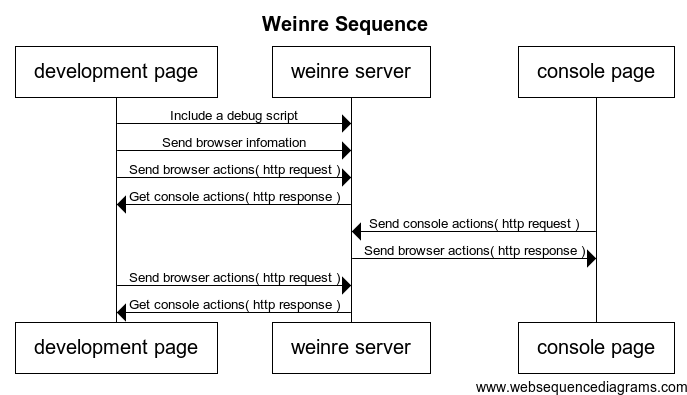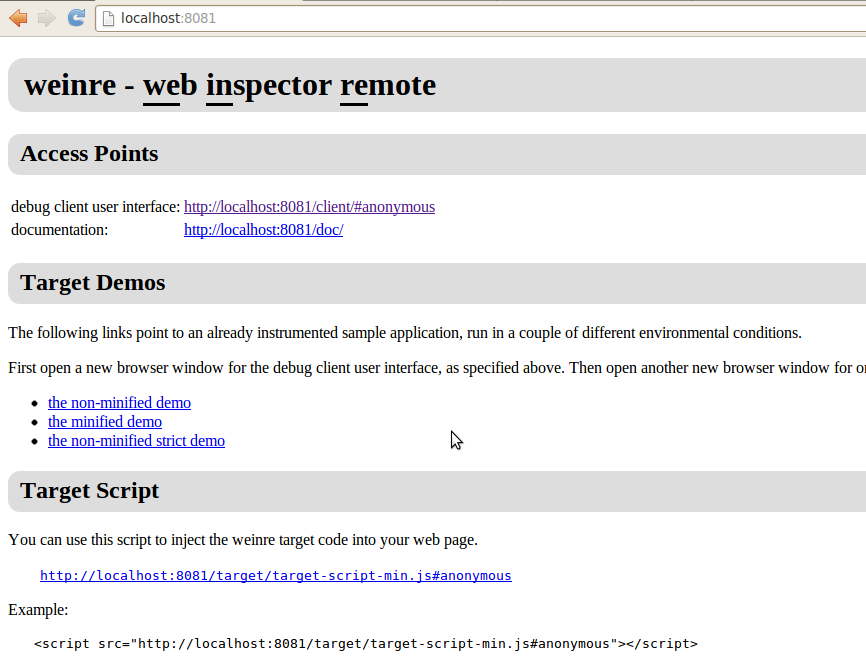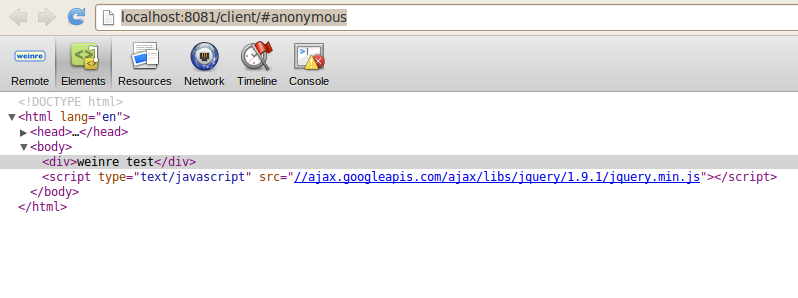zend framework提供了Zend_Cache::factory,這個factory可以產生出好幾種cache方式,官方範例如下:
// We choose a backend (for example 'File' or 'Sqlite'...)
$backendName = '[...]';
// We choose a frontend (for example 'Core', 'Output', 'Page'...)
$frontendName = '[...]';
// We set an array of options for the chosen frontend
$frontendOptions = array([...]);
// We set an array of options for the chosen backend
$backendOptions = array([...]);
// We create an instance of Zend_Cache
// (of course, the two last arguments are optional)
$cache = Zend_Cache::factory($frontendName,
$backendName,
$frontendOptions,
$backendOptions);
frontendName:
指的是快取對象,例如資料、頁面、檔案。
backendName:
指的是要儲存的容器,例如存入檔案裡、sqlite、或者是連接至Memcache server等…。
frontendOptions和backendOptions:
指的是可選參數值。
可參考官方frontend cache和backend cache。
在前台頁面中,有一些資料可能是很久才去更新一次,這時就可以使用cache:
- 如果是採用page cache,那可能要只cache一部分頁面,透過ajax抓取,或者直接在view上面加判斷式。
- 透過file cache可直接將抓取到的api資料,直接存入,只要每次去檢查cache時效是否過了,如果時效過則在重新抓取。
以下是一個簡單example:
class FileCache {
private $cache;
public function FileCache( $lifetime = 300 ){
// 設定 Frontend 選項
$frontendOptions = array(
'lifetime' => $lifetime, // 快取時間
'automatic_serialization' => true, // 自動 serialization
);
// 設定 Backend 選項
$backendOptions = array(
'cache_dir' => APPLICATION_PATH . '/cache/', // 快取存放路徑
);
// 建立一個快取物件
$this->cache = Zend_Cache::factory('Core',
'File',
$frontendOptions,
$backendOptions);
}
public function load( $name ){
return $this->cache->load( $name );
}
public function save( $name, $data ){
return $this->cache->save( $data, $name );
}
public function isAvailable( $name ){
return $this->cache->test( $name );
}
}
使用方式如下:
$cache = new FileCache( 60 );
$cacheName = "data_cache";
if( $cache->isAvailabel( $cacheName ) ){
$result = $cache->load( $cacheName );
}else{
$result = array(1,2,3,4,5);
$cache->save( $cacheName, $result )
}
print_r( $result );


